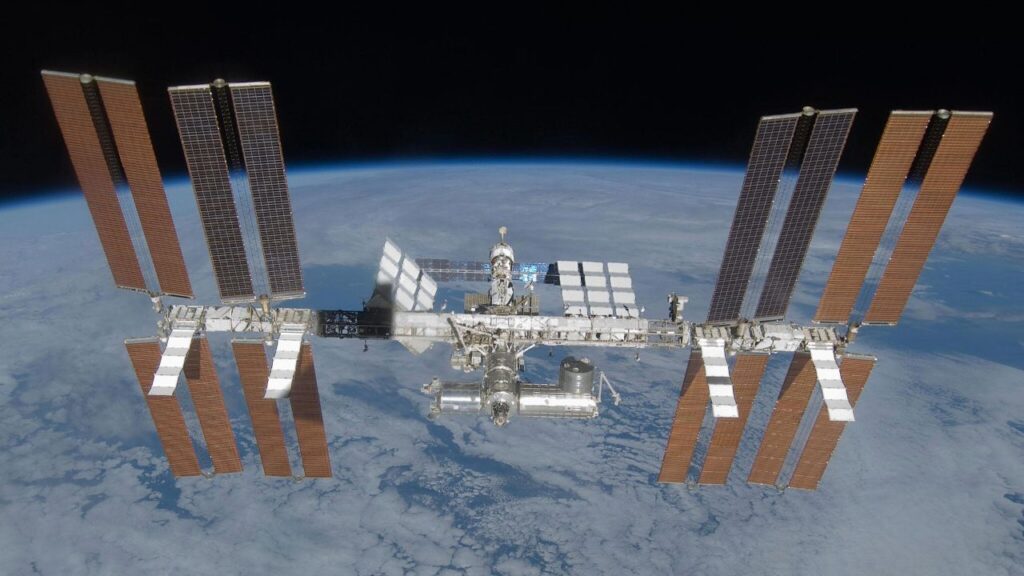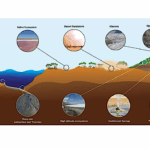Now Reading: New DARPA ‘field guide’ looks for ways to jump-start a moon economy
-
01
New DARPA ‘field guide’ looks for ways to jump-start a moon economy
New DARPA ‘field guide’ looks for ways to jump-start a moon economy
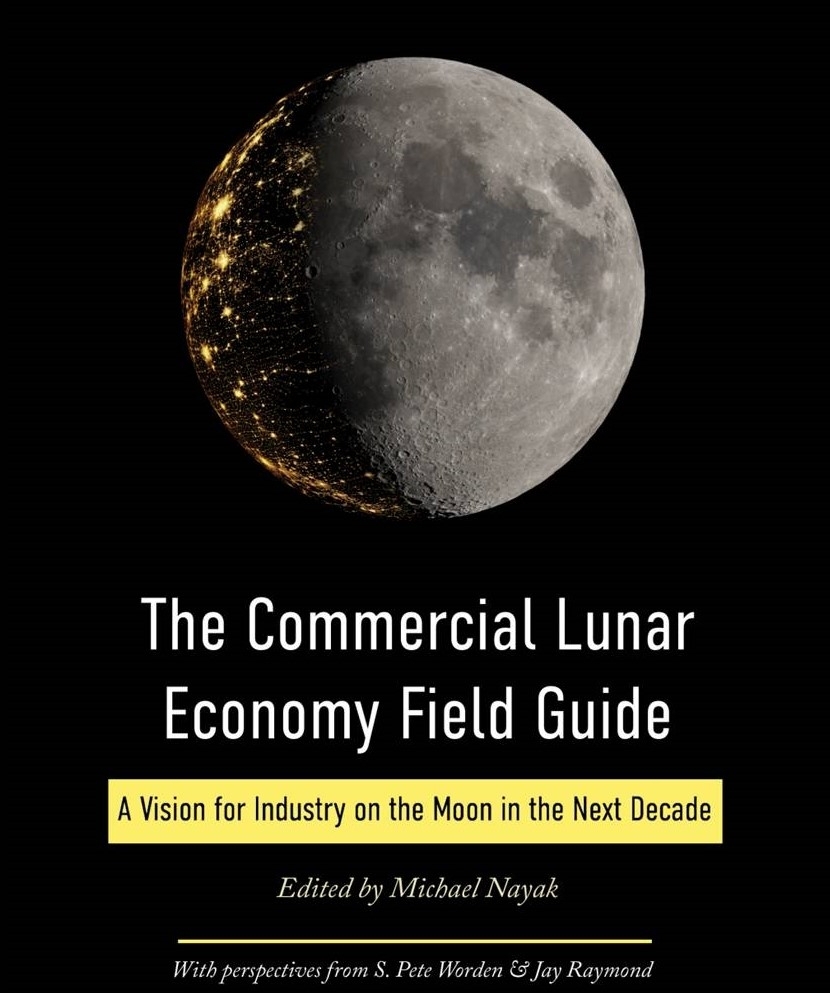
The U.S. Defense Advanced Research Projects Agency (DARPA) is promoting a case for economic activity on and around the moon.
In some quarters, it’s all blue-sky yammering. On the other hand, there does appear to be growing support for making a business case for mining the moon.
A recent study shouldered by DARPA laid out a step-by-step process that could enable an economic link between Earth and our nearest celestial neighbor. But how real is the promise of giving the moon an industrial makeover?
Off-Earth economic development
DARPA seeks to transform the moon into a vibrant marketplace via an effort dubbed the LunA-10 initiative, a 10-year blueprint aimed at forging scalable lunar infrastructure and unlocking the economic potential of the moon.
Meanwhile, how best to embed industry on the lunar landscape in the near-term is explored in a new document called “The Commercial Lunar Economy Field Guide: A Vision for Industry on the Moon in the Next Decade.
The guide, issued by Air University Press, offers a look at foundational technology concepts that could help orchestrate off-Earth economic development. It does so over the course of 23 chapters crafted by more than 130 authors, which flesh out ways to create self-sufficient, monetizable services for future lunar buyers and sellers and sustain off-Earth economic vibrancy.
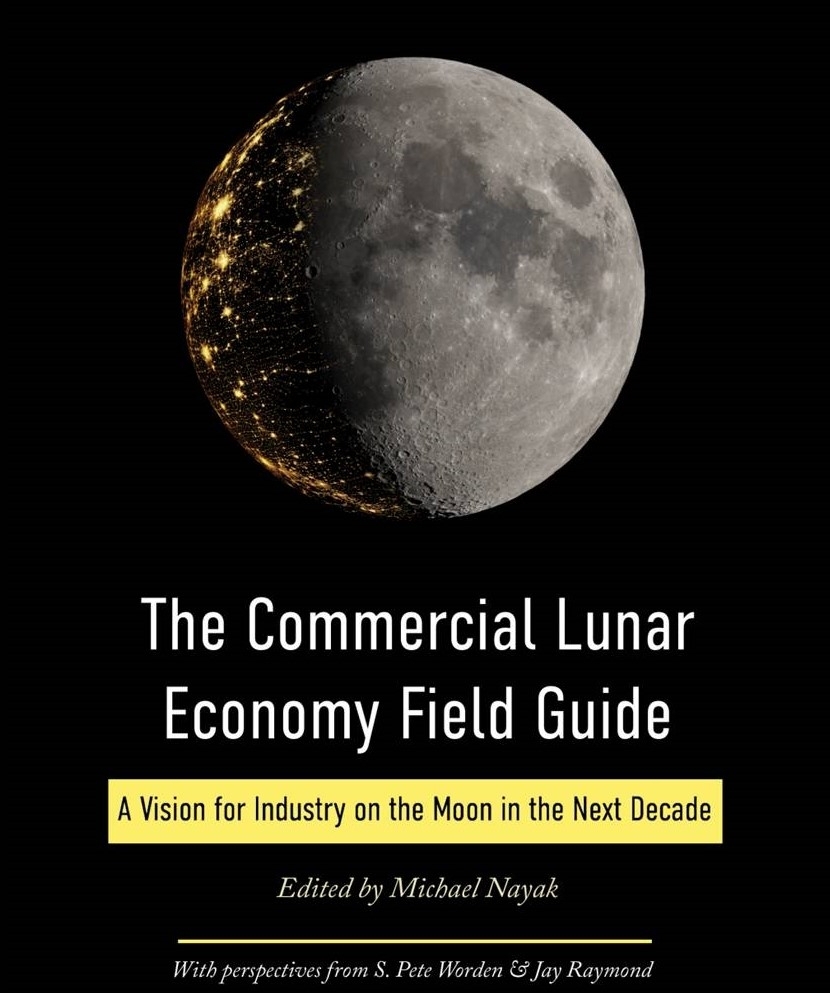
Insurance and temperature tantrums
“It’s an expansive exercise and makes you realize just how much work will have to be done to make this vision real,” the new guide’s editor, Michael Nayak, a DARPA program manager, told Space.com. He said there were surprises in putting the document together — interesting revelations that deserve more attention.
“One big surprise was the surprising role of space insurance in commercial activities, a huge cost-driver and a significant cost barrier,” said Nayak. “If you want to create a commercial ecosystem, you have to create a better way to make the risk understandable to space insurance companies.”
Nayak said another revelation involves the need to deal with the moon’s large temperature swings. “The ability to manage the heat that’s created by things like drilling and heavy-duty machinery is a huge, fundamental problem,” he said, requiring additional plumbing to keep things warm and cool them down, depending on the circumstance.
As brought out in the Field Guide, a commercial economy cannot thrive if it can only operate during sunlit hours.
Open question
“One of the things we do well at DARPA is incentivizing commercial industry in directions that help the government, but don’t substitute for government investment,” Nayak said.
“We talked to a lot of investors that are super-interested in space,” he added. “But in terms of answering a key question — What is monetizable on the moon? — I think that’s still an open question. There’s nothing that has been shown to be directly profitable.”
The Field Guide is organized around services, such as power, communications, data and positioning, navigation and timing (PNT), said Nayak. But power for what? Data for what? PNT for what?
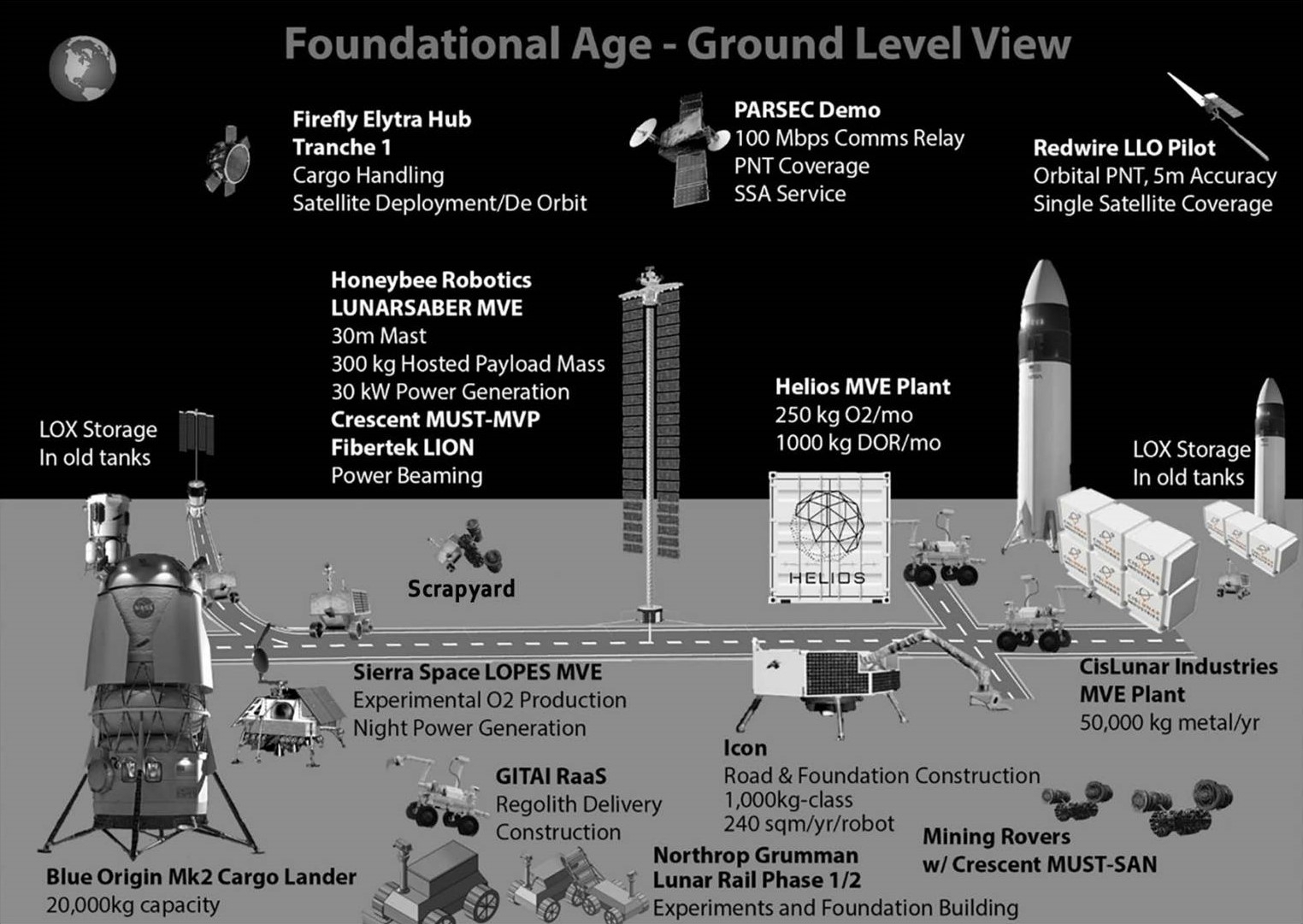
Best guess at the moment
“What really came out are the potential resources on the moon,” Nayak said. “Mining is at the center, and that’s the best guess at the moment. The question is, What are we mining, what is its concentration, and is it actually economically viable?”
Another DARPA undertaking, said Nayak, is a program called Lunar Assay via Small Satellite Orbiter, or LASSO for short.
LASSO supposes that low-altitude, high-resolution measurements of resources across the entire lunar surface can be the most compelling commercial application, according to DARPA’s Strategic Technology Office.
“If there is commercial value, at least based on what we now know, I would argue it’s the moon’s subsurface,” said Nayak.
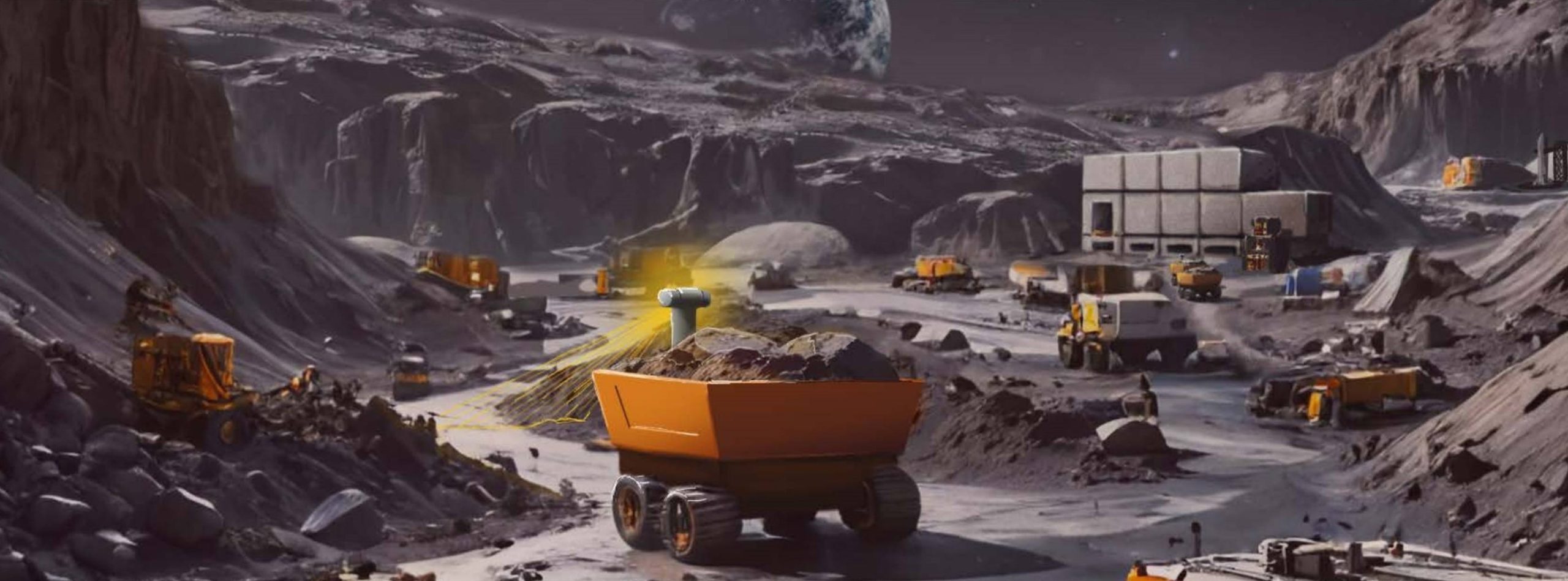
‘Push this rock uphill to the finish line’
As for what lunar resources could provide an economic windfall, there are a couple of candidates.
“The first is rare-earth elements, but again, we need more data. The other is platinum group metals. If they exist [on the moon], they would be significantly deep and energy-intensive to extract,” Nayak said. “Those are best guesses based on the way Earth geology works. But we don’t know if that’s a good assumption for the moon.”
Nayak’s bottom line about a potentially high-profit moon focuses on the need for more information. “There’s so much learning we need to do. There are so many different directions. It’s challenging to list them all and seems like an insurmountable problem.”
In his closing remarks in the Field Guide, Nayak explains that “envisioning the future is easy. Dragging it into the present and making it real is not. We have our work cut out for us, but it is possible, and the time for action is now. I hope this work inspires you to help us push this rock uphill to the finish line.”
Stay Informed With the Latest & Most Important News
-
 012024 in Review: Highlights from NASA in Silicon Valley
012024 in Review: Highlights from NASA in Silicon Valley -
 02Panasonic Leica Summilux DG 15mm f/1.7 ASPH review
02Panasonic Leica Summilux DG 15mm f/1.7 ASPH review -
 03How New NASA, India Earth Satellite NISAR Will See Earth
03How New NASA, India Earth Satellite NISAR Will See Earth -
 04Astronomy Activation Ambassadors: A New Era
04Astronomy Activation Ambassadors: A New Era -
 05And Thus Begins A New Year For Life On Earth
05And Thus Begins A New Year For Life On Earth -
06SpaceX launch surge helps set new global launch record in 2024
-
 07Space Force plans new ‘Futures Command’ amid pressure to speed up modernization
07Space Force plans new ‘Futures Command’ amid pressure to speed up modernization














